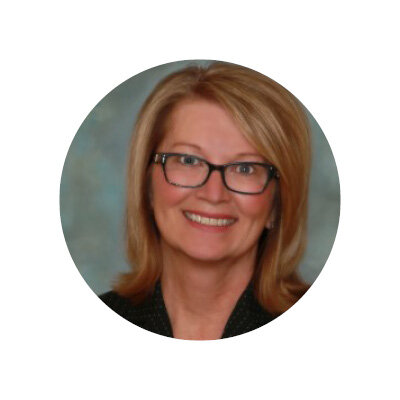The First Reimagine America’s Schools Forum: May 20, 2020
Fifteen years ago, the Reimagine America’s Schools team at the National Design Alliance began to focus on a national imperative: how do we guide civic and education leaders to design schools for 2050, rather than the 1950’s? Our work is built on a transformational vision for schools that supports new ways of teaching and learning, schools that support next-generation learning skills, including personalized, project-based STEM, STEAM, and Maker-centered programs.
In the midst of the COVID-19 pandemic, Eric Schmidt, former Executive Chair of Google and founder of the Schmidt Futures foundation, has quickly emerged as a leading voice in the reimagine process nationally. New York Governor Cuomo has enlisted him to lead his state’s Reimagine Task Force and the National Design Alliance is leading the national effort to Reimagine America’s Schools in association with and funded by Schmidt Futures.
Our experiences with the COVID-19 crisis reveal that an entirely new vision for schools and school design is necessary. In fact, it is now becoming clear that it would be tragic to build another generation of schools based on the last century’s model. In the midst of this crisis, State, City leaders, and educators are saying, “We can’t go back to what was; we can’t simply re-open our cities and schools…we must reimagine”.
Our goal is to reimagine a future for education, and the institutions we call school. It is unlikely that any school leader will ever consider designing a school in the same way we have in the past. But, what will that change look like? Where will/should learning take place? Most importantly, how will we redesign and reconfigure the 100,000 existing public schools to meet new demands and challenges? We believe five defining issues will drive change in education and school design.
Download the Full Report to read more.
“We'll spend the last 75 years of a person's lifetime making up for the mistakes we make in the first five.”
- The Honorable Sly James, former Mayor of Kansas City, Missouri
“My team has been interviewing teachers all over the country, and one fascinating thing we've heard is how hard it is to reach kids when they’re in a grid of little boxes on your screen.”
- Dan Coleman, Visiting Researcher in the Innovation practice at MIT Teaching Systems Lab and Principal, Big Sky Blue, Cambridge, Massachusetts
“The pandemic has exposed just how central schools are to the fabric of a community.”
- Ashley Flores, Senior Director of the Child Poverty Action Lab, Dallas, Texas
“I've been impressed by this forced experiment of distance learning that millions of young people and educators have had to go through that would have never ever happened without this crisis.”
- Maurice Cox, Commissioner of Planning and Development for the City of Chicago
“As we wrestle with the future of learning, and the future of education, there are some things that will nonetheless remain timeless and classic. To me, that's the role of caring adults and relationships in kids' lives.”
- Gregg Behr, Executive Director of The Grable Foundation in Pittsburgh, Pennsylvania
“Economic ability was a concern about the have and have nots. But the Mayor makes a good point, the middle is now at risk. What do we do about that? Looking forward, what does school-making look like?”
- John Weekes, Architect, Past Chair of the AIA Committee on Architecture for Education, Portland, Oregon
“Our fear is that there may be a temptation for cities and schools to fall back on old solutions and more comfortable ways of doing things.”
- Ron Bogle, Hon. AIA, President & CEO, National Design Alliance
“I'm scared that we're going to jump too quickly to come up with prototypes or think of solutions, when we haven't really captured what's really happening. Do we know what just really happened?”
- Kristen Watkins, Director Personalized Learning, Dallas Independent School District, Dallas, Texas
“I was looking at some of the writing that happened around the 1919 pandemic from a hundred years ago. The following decade, the way people built workplaces, building design – everything had this big arc of transformation.”
- Kumar Garg, Managing Director and Head of Partnership, Schmidt Futures, Washington, DC
“How do we stretch this thing out so that the building is a community hub and reposition the school as the heart of a future ecosystem, whose mission is to develop responsible citizens and position buildings to support our communities in doing that?”
- Mark Lund, Principal at Glover Middle School in Spokane, Washington, Spokane Public Schools
“We can move faster than we think we can, or than we thought we could in the past. “
- Julie Critz, Former superintendent of Schools in Alexandria Public Schools, in Alexandria, Minnesota
“Technology is not neutral. Technology can actually be very profoundly positive or very profoundly negative, depending on how it's deployed.”
- Ashley Arhart, Design Principal, BCG | Platinion Smart Environments Practice Group, Seattle, Washington













